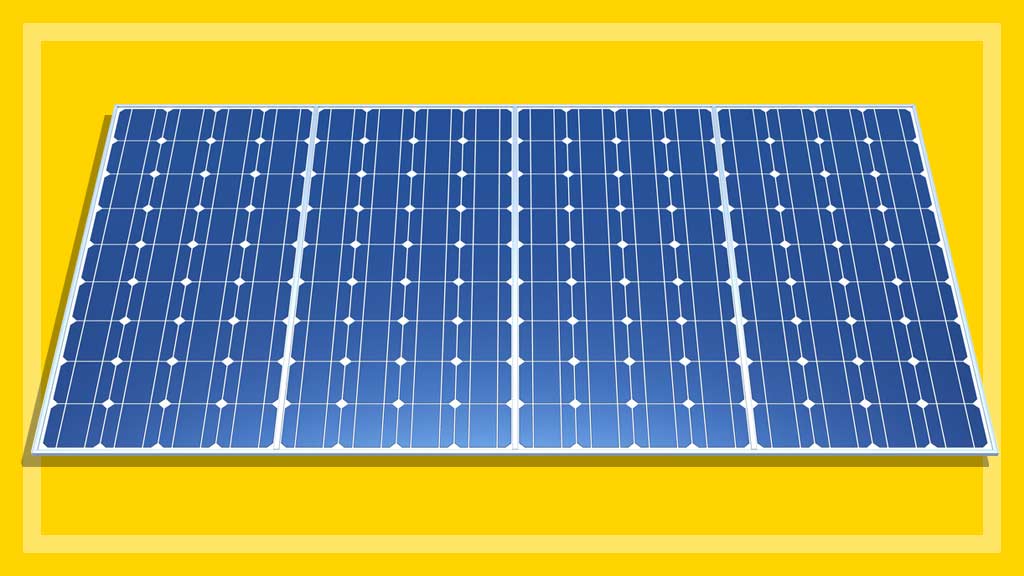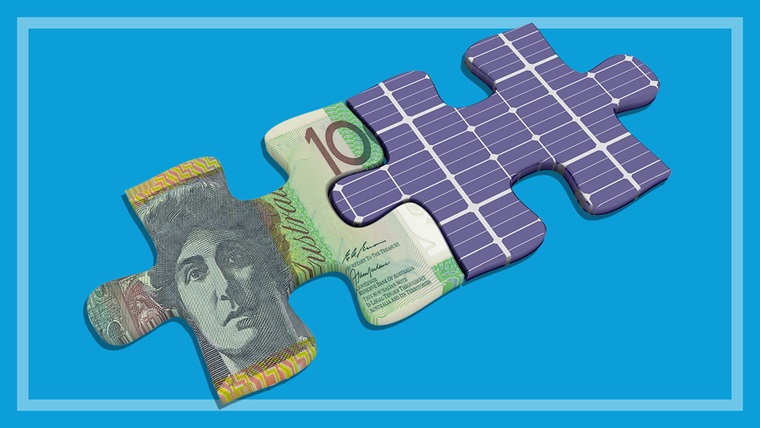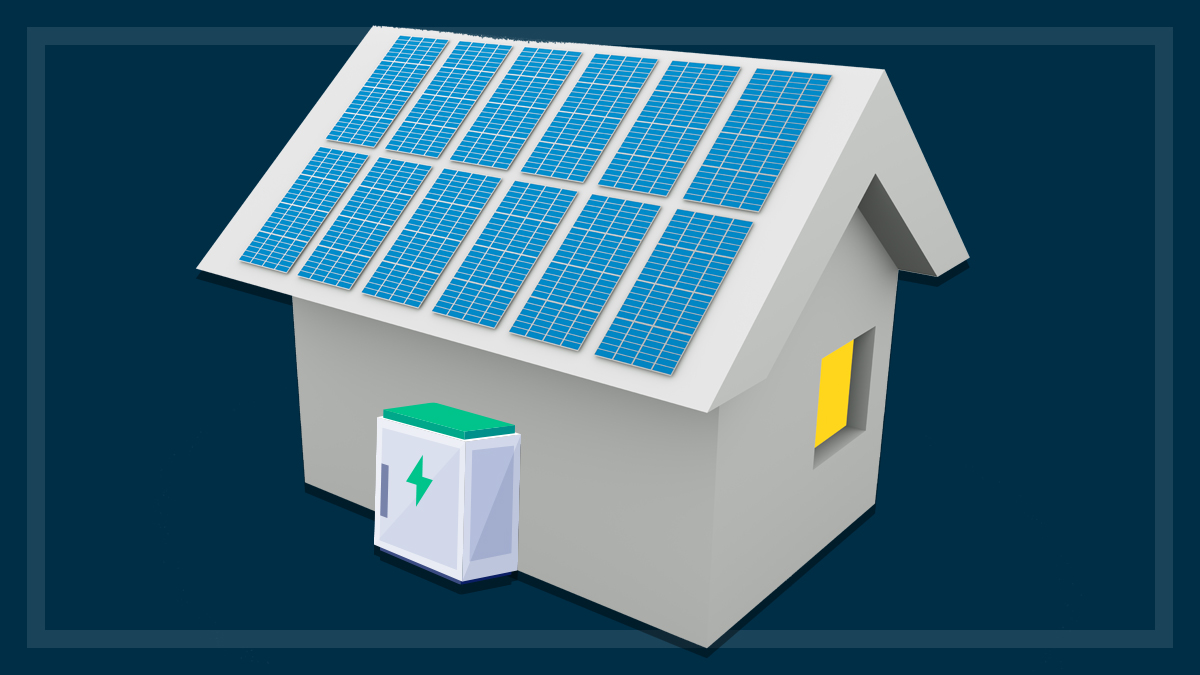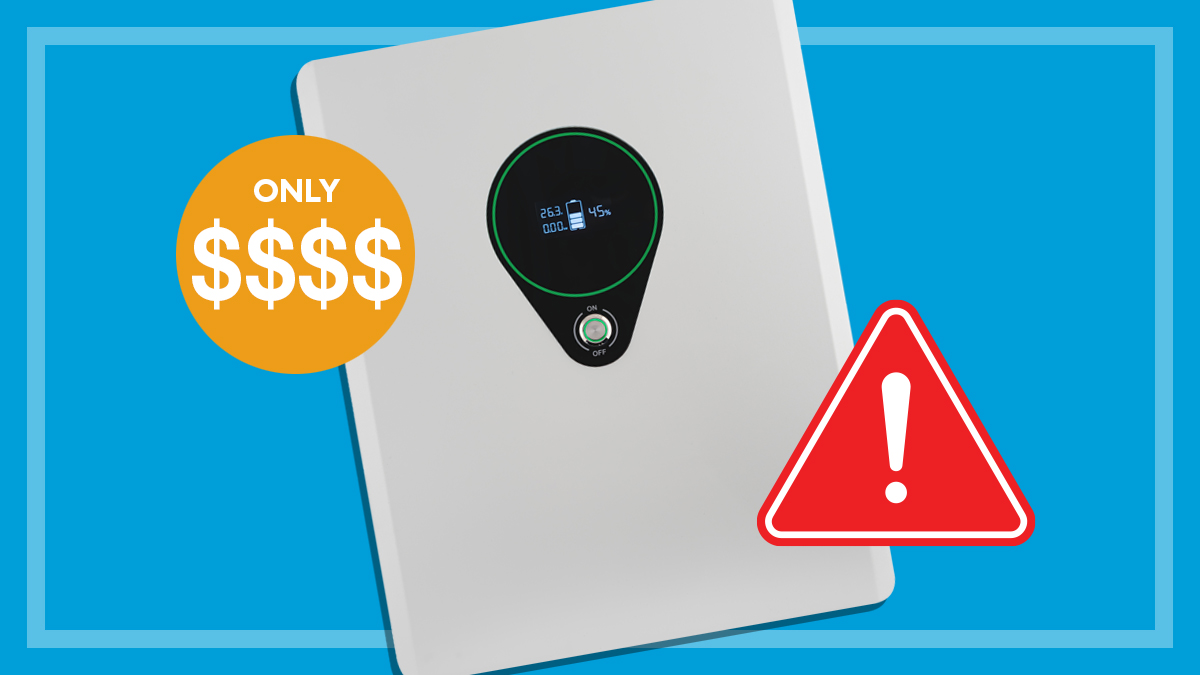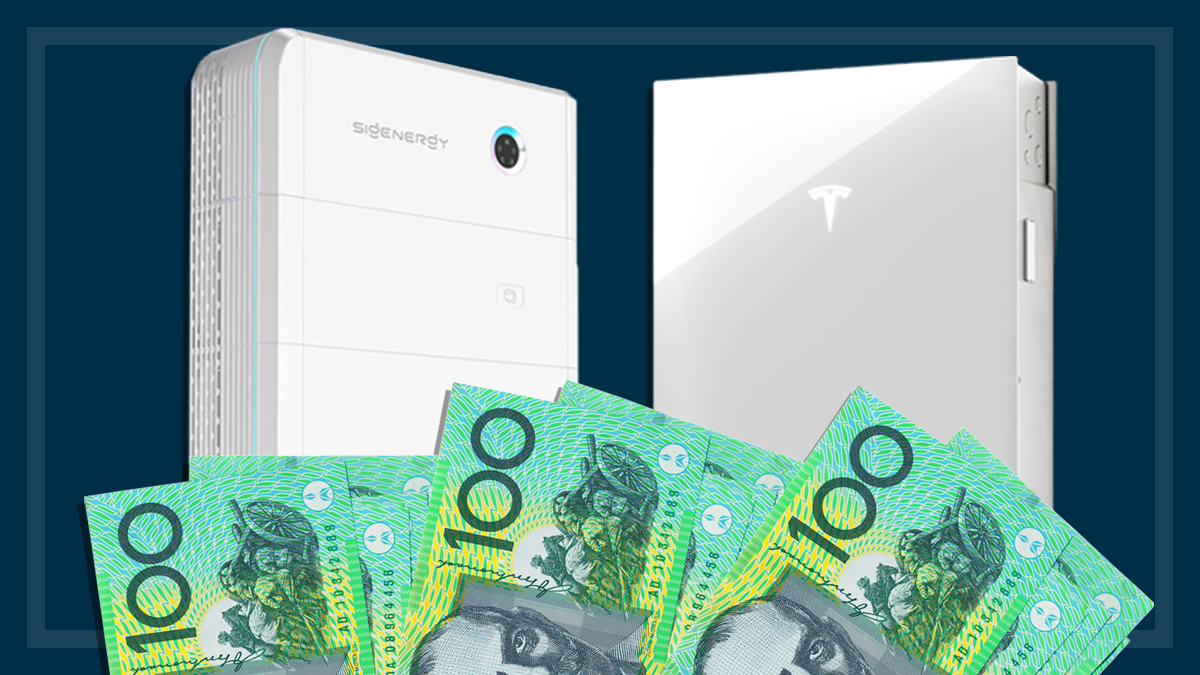Get our independent lab tests, expert reviews and honest advice.
Home energy management systems
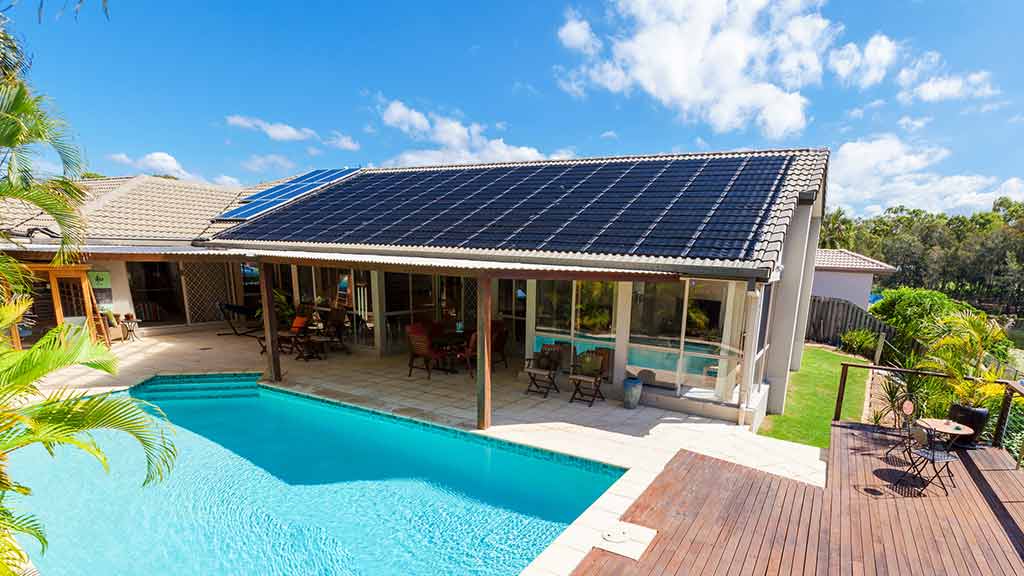
Home energy management systems (HEMS) are touted as the ‘smart’ way to understand and control your electricity costs and emissions. We take a look at two on the market, CarbonTrack and Solar Analytics, to see how well they work.
On this page:
- Why use a home energy management system?
- How does a home energy management system work?
- Solar Analytics Monitoring
- CarbonTrack
- Solar integration
- Is a HEMS the same as a home automation system?
- Smart home technology might increase your energy consumption
Why use a home energy management system?
On 1 July, electricity prices went up by around 20% in South Australia, New South Wales and Queensland, further squeezing household budgets. To protect ourselves from the price hikes we’re advised to shop around for better electricity deals, invest in solar and energy-efficient appliances, and reduce our electricity consumption.
But none of these are easy tasks without knowing how we consume electricity in our homes.
Power bills often only show lump sum figures which don’t help in detecting where we can change our electricity usage to cut costs and CO2 emissions.
But a home energy management system (HEMS) helps you track your energy use so you can identify trends and opportunities for change.
How does a home energy management system work?
A HEMS tracks and records the flows of electricity in the home using hardware installed in the property and software connected via the internet. Users connect and interact with it via an online dashboard (or interface) or through an app.
Home energy monitoring systems range from simple plug-in devices that can measure and control an appliance’s electricity use at the power point (costing upwards of $20), to sophisticated systems that manage and integrate your home’s energy use in line with the fluctuating price of electricity in the market and predicted weather conditions. (Don’t confuse them with smart meters which measure and send information about your energy consumption back to your electricity provider.)
According to Nigel Morris, business development director with energy technology company Solar Analytics, households with large loads and solar PV have more opportunities for manipulating their energy use, but all households can benefit from more information. He says, “The number one benefit is that what was once invisible becomes visible.”
Solar Analytics Monitoring
Estimated installed cost: $350–400 installed with a solar system, and from $550 separately depending upon the electrician’s travel time and the number of circuits.
A solar smart monitor is installed by a licensed electrician between the house’s solar inverter and meter board. About the same size as a circuit breaker, it monitors electricity going through each circuit on the switchboard, as well as any solar generation, solar storage and export.
“Data is sent via 3G to the user dashboard,” explains Morris. “Its real strength is in analysing whether your solar system is performing as it should be by comparing output to solar radiation data.”
The information it gathers is merged with weather data and patented algorithms. It’s able to show real time and historical energy use and generation at a circuit level, as well as overall costs and savings if the electricity plan details are inputted.
By logging in to the dashboard online or via the app, users can:
- monitor the performance of the solar system, comparing predicted and actual output
- monitor electricity use across circuits
- compare the cost of electricity bought and sold (fed into the grid)
- receive alerts and faults diagnostics.
Morris says the real savings are with the big energy loads like air conditioning, hot water heating and pool pumps, and this is what the system can monitor accurately.
He says, “We measure the big stuff and we allow you to optimise when you are using it, timing the use of your energy to get the best rates.”
Solar Analytics is also planning to bring in the ability to control and manage the use of these loads remotely, and even to trade solar electricity in the market.

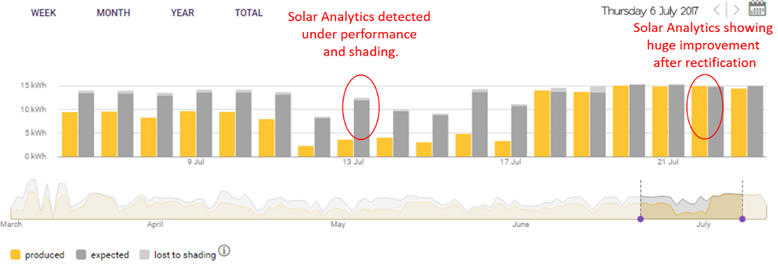

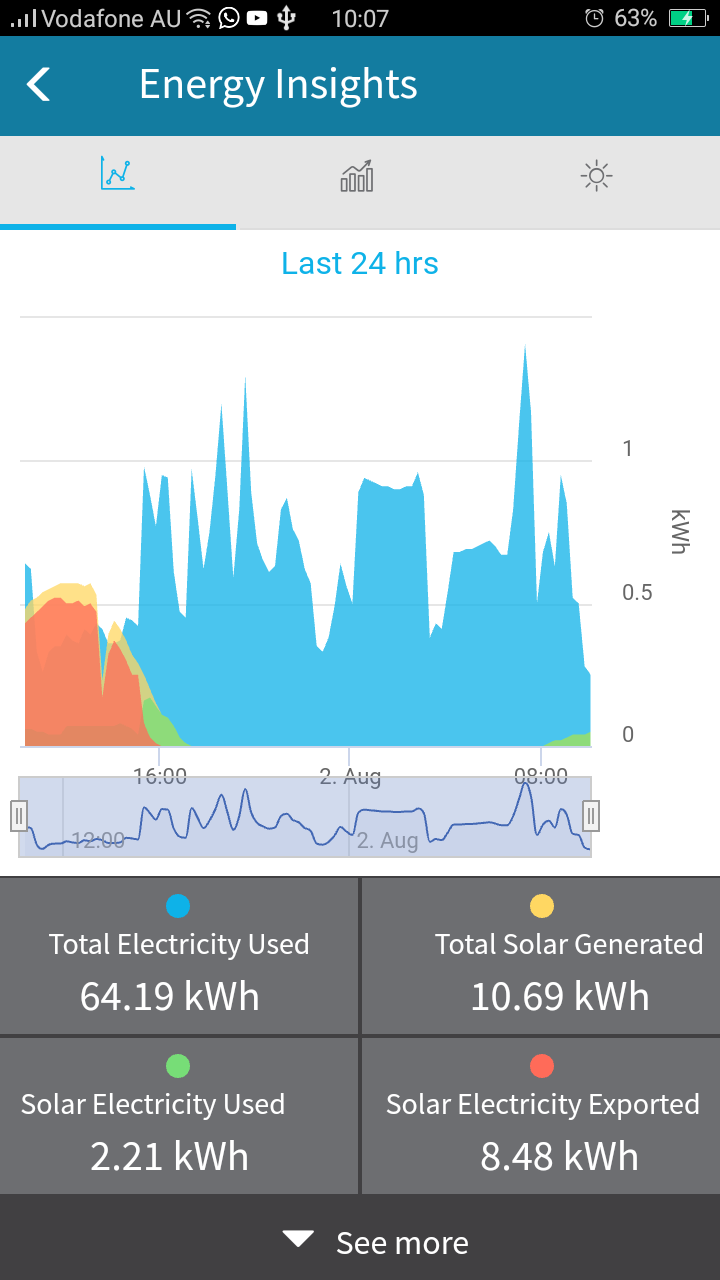
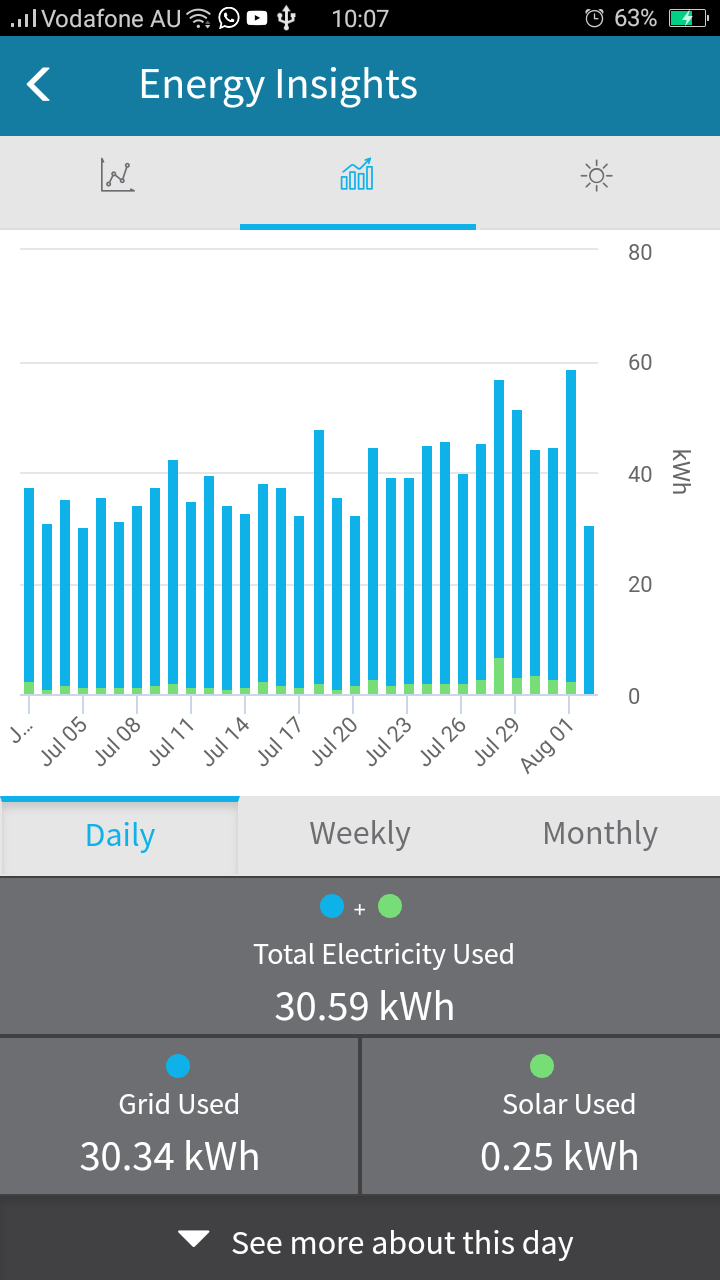
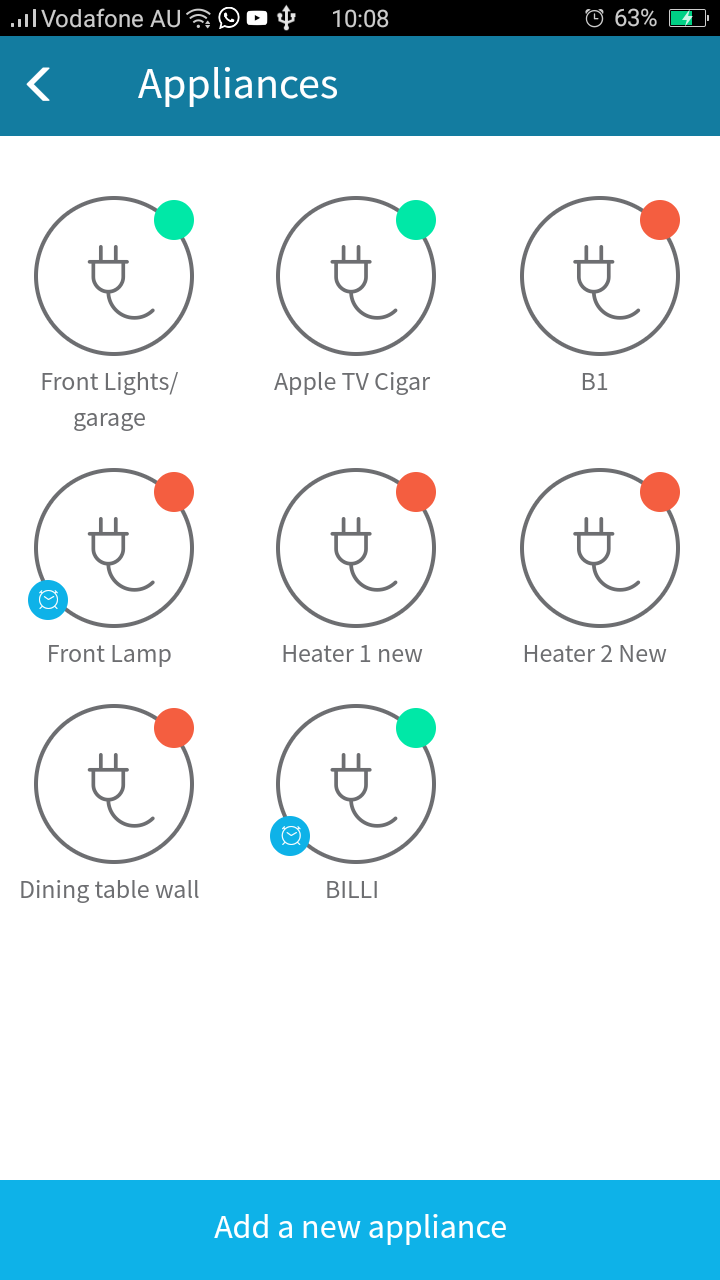
CarbonTrack
Estimated cost: $999 installed (including GST) with three years’ access to the platform and data. After that the subscription rate kicks in at $6 per month, or $72 per year.
CarbonTrack not only monitors but also manages electricity use to optimise savings. It lets you control large loads and turn appliances on or off remotely via its app or website. There’s also the potential to control them in a much more sophisticated manner, optimising energy use with timers and algorithms.
Andrew Foskett, general manager of CarbonTrack, describes his own use of hot water as an example of CarbonTrack’s ability to program the timing of running hot water.
“I get up around 6.30am. My hot water could go on at five in the morning, off at 8.30am, and then back on at 3pm. It could be kept on that heat cycle until 9pm at night.”
The CarbonTrack platform is comprised of a hub installed next to the electricity meter. A hub can monitor four circuits.
It also has ‘smart plugs’ that fit between the wall socket and the appliance’s plug. They connect wirelessly using the 4G network to send usage information, and they can be remotely turned on or off via the app or online. The more smart plugs you use in your home, the more insight and control you have.
CarbonTrack also has plugs to control split-system air conditioners, and a range of sensors with programmable lifestyle features.
Solar integration
A HEMS can help households with solar PV systems save additional money by programming their system to run certain appliances when the sun is shining.
For example, excess solar energy could be directed to power an electric hot water system, effectively storing that solar power.
According to Foskett, “Our customers can save up to 30% on utility bills by ensuring that their home’s appliances are utilised in the most intelligent, efficient way possible when combined with PV solar, thus increasing the ROI of the system.”
And if you’re in the market for solar or batteries, he says, “The insights will help you size up a system that is suited to your needs and budget, after helping eliminate inefficiencies in the home.”
Is a HEMS the same as a home automation system?
HEMS focus on managing electricity use to reduce costs and emissions. They aren’t the same as home automation systems which manage the lighting, appliances, entertainment systems, climate and security of a home to increase convenience, comfort and security.
However, a HEMS can play a role when integrated with a home automation system to maximise energy savings and efficiency. CarbonTrack integrates with Google Home and Amazon Elexa.
Smart home technology might increase your energy consumption
Adopting smart home technology such as home automation and energy management systems may not substantially reduce energy use in households that have little interest in adopting new technologies or cutting their energy use.
A small, 10-home study into the use of smart home technology in the UK found that smart homes require residents to adapt to their use, and that learning to use them can be time-consuming. The researchers concluded, “There is little evidence that smart home technologies will generate substantial energy savings and, indeed, there is a risk that they may generate forms of energy intensification.”
Many people choose smart home automation (as opposed to a HEMS) for comfort and lifestyle reasons so it’s not a surprise that these technologies may actually increase the household energy use (especially where automation is used for pre-heating homes before residents arrive home).
Another study from RMIT published in August 2017 had similar findings when it explored the use of off-the-shelf smart home gadgets, such as connected light bulbs and smart plugs, which promise to cut power bills. Only a quarter of the 46 volunteer households in the study actually used the devices on an ongoing basis.
It found that complexity, lack of knowledge and difficulty of use were barriers to effective use of the devices.
Do you need a HEMS?
If you’re considering investing in a home energy management system, be clear about the commitment and the outcomes you’re seeking to ensure it’s a wise investment.

